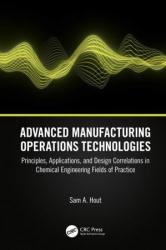 Название
Название: Advanced Manufacturing Operations Technologies: Principles, Applications, and Design Correlations in Chemical Engineering Fields of Practice
Автор: Sam A. Hout
Издательство: CRC Press
Год: 2024
Страниц: 338
Язык: английский
Формат: pdf (true)
Размер: 48.3 MB
This book discusses and chronicles various types of manufacturing processes, including casting and molding, machining, joining, shearing, and forming. It refers to repetitive, discrete job shop process manufacturing (continuous) and process manufacturing (batch). It also offers detailed examples from the nuclear, electronic, plastics, adhesives, inks, packaging, chemical, and pharmaceutical industries. Advanced Manufacturing Operations Technologies: Principles, Applications, and Design Correlations in Chemical Engineering Fields of Practice fills the gap in the connection between production and regulated applications in several industries. It highlights established concepts and provides a new, fresh outlook by concentrating on and creating linkages in the implementation of practices in manufacturing and safe, clean energy systems. Case studies for the overall design, installations, and construction of manufacturing operations in various industries as well as the standard operating procedures are offered. The book also discusses the correlation between design strategies including step-by-step processes to ensure the reliability, safety, and efficacy of products. The fundamentals of controlled techniques, quality by design, risk assessment, and management are covered in support of operations applications and continuous improvement.
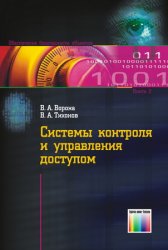 Название: Системы контроля и управления доступом
Название: Системы контроля и управления доступом
 Название: Industrial Engineering in Systems Design: Guidelines, Practical Examples, Tools, and Techniques
Название: Industrial Engineering in Systems Design: Guidelines, Practical Examples, Tools, and Techniques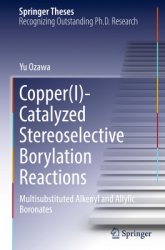
 Название: Smart Grid Fundamentals: Energy Generation, Transmission and Distribution
Название: Smart Grid Fundamentals: Energy Generation, Transmission and Distribution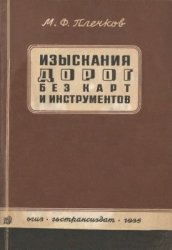
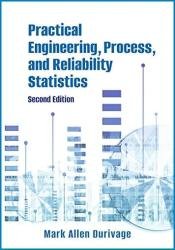 Название: Practical Engineering, Process, and Reliability Statistics, 2nd Edition
Название: Practical Engineering, Process, and Reliability Statistics, 2nd Edition
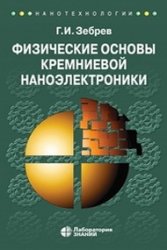
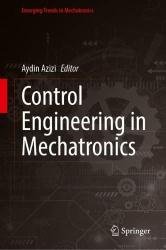 Название: Control Engineering in Mechatronics
Название: Control Engineering in Mechatronics Название: Advanced Manufacturing Operations Technologies: Principles, Applications, and Design Correlations in Chemical Engineering Fields of Practice
Название: Advanced Manufacturing Operations Technologies: Principles, Applications, and Design Correlations in Chemical Engineering Fields of Practice